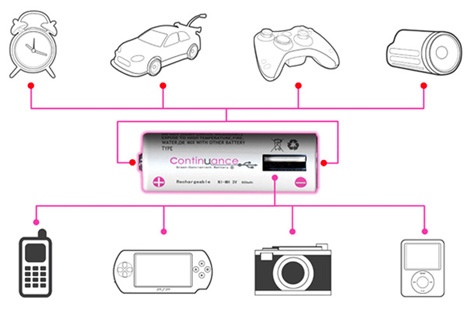
The Double Bubble D8
One of the advanced design concepts – the D8 or "double bubble" – is now a subscale model being tested in a wind tunnel at MIT. The design, developed for NASA by a team led by Massachusetts Institute of Technology, has a very wide fuselage to provide extra lift, low-swept wings to reduce drag and weight, and engines sitting above the fuselage and aft of the wings to block some noise from reaching the ground.

































